Crowns and bridges can be the best solution when teeth need to be repaired or replaced. These artificial teeth can restore your self-esteem and are as sturdy and discrete as they are convincing.
Our dental office offers the option to match the colour of our crowns and bridges to the neighbouring teeth for a more natural appearance. While a bridge covers some of your teeth with at least one crown to bridge the gap between them, a crown is typically a treatment for an existing tooth.
Your journey with Crowns & Bridges
1. Crowns and bridges consultation
A thorough consultation is always the first step in any treatment plan at our dental office since it enables us to evaluate your smile, examine your dental history, and ensure that you can discuss your treatment without feeling obligated in any way.
2. Treatment
The creation and fitting of your new crown or bridge is the next step in the procedure. The nearby teeth that act as anchor points must be slightly filed in order to prepare them for a bridge. When a crown is attached to the broken tooth, preparation is required on all of the tooth's surfaces as well. To alleviate any discomfort, an anaesthesia is given.
Cantilever, Maryland, and implant-supported bridges are among the several types of structures.
3. Aftercare
Since we at our dentist clinic provide dental perfection, in our eyes the treatment doesn't finish when we put down our instruments. With crowns, you should be able to continue eating as you normally would, though you might need to forego hard, chewy foods at initially. Cleaning the mouth and the device will be part of continuous maintenance for bridges as they are not anchored to the teeth.
You shouldn't experience any pain or discomfort during the procedure thanks to the anaesthesia.
Advantages of crowns include a long-lasting, natural-looking fix for tooth damage that also aids in regaining bite and chewing function. Additionally, crowns keep teeth strong and functional while preventing fractures. The disadvantages include the possibility of diet or habit changes being necessary to protect the crown (particularly if you chew ice or items like pen caps).
Benefits of bridges include a speedy, affordable, and reliable tooth loss cure. They can aid in maintaining the bite by preventing teeth from moving around in the mouth. There are certain drawbacks, though. Two healthy teeth that must be prepped (gently filed) for the bridge to stay in place are used as anchors for the device. Additionally, a bridge cannot reverse jawbone loss.
Finally, both crowns and bridges can eventually require replacement.
Its structure may be weakened because the tooth (or teeth) must be prepared. Additionally, there may be a somewhat increased risk of future decay or injury to the pulp in teeth that have been restored with crowns.
Although durable, your crowns may crack or chip over time due to wear and strain. Visits to the dentist on a regular basis guarantee that you stay on top of your care and are aware of when it's time for a replacement filling.
A dental implant may be advised if the tooth cannot be preserved. These are sturdy, realistic fake teeth that are inserted into the jawbone.
If you are searching for a top-notch wisdom tooth removal specialist in North Dublin with a remarkable reputation in oral surgery, our state-of-the-art clinic in Bayside Medical Centre can provide you with the quality care you require.
Thank you so much to @smilehubhubdentalclinic for sorting me out with a last minute cracked tooth! 💕🙏

@sosueme